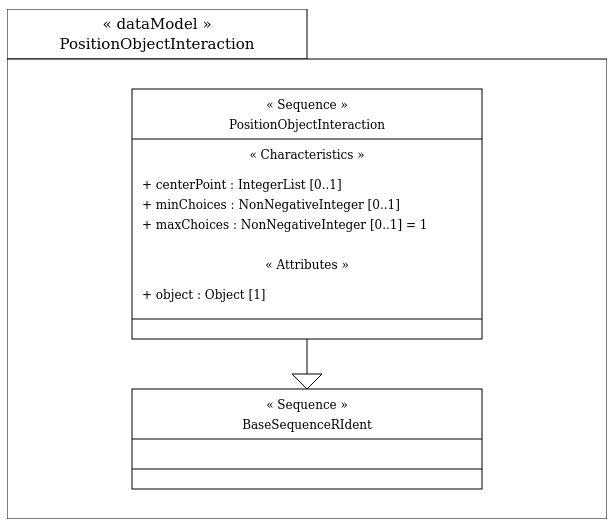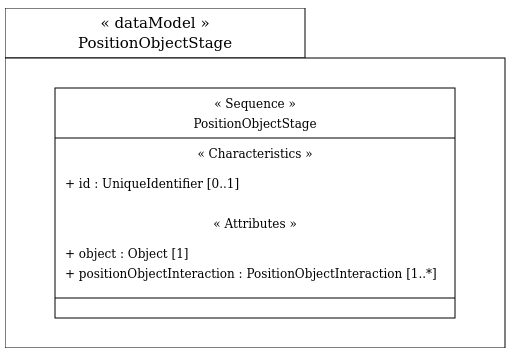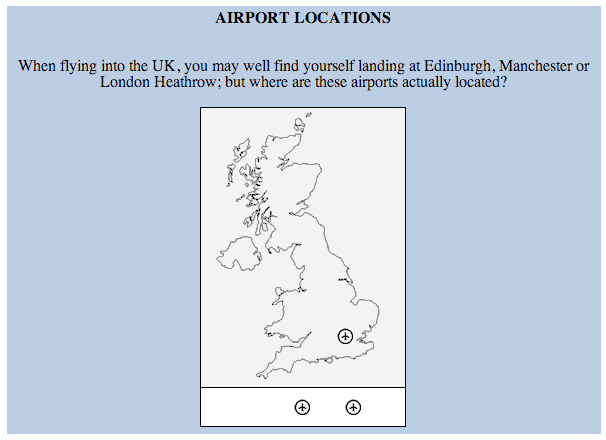Position Object (QTI)
The position object interaction consists of a single image which must be positioned on another graphic image (the stage) by the candidate. Like selectPointInteraction, the associated response may have an areaMapping that scores the response on the basis of comparing it against predefined areas but the delivery engine must not indicate these areas of the stage. Only the actual position(s) selected by the candidate shall be indicated. The position object interaction must be bound to a response variable with a baseType of point and single or multiple cardinality. The point records the coordinates, with respect to the stage, of the centre point of the image being positioned. The relevant classes are:
Data Model


Examples

This example illustrates the positionObjectInteraction. It has a lot in common with Where is Edinburgh? except that the ‘point’ is selected by positioning a given object on the image (the stage). Notice that the stage is specified outside of the interaction. This allows a single stage to be shared amongst multiple position object interactions.
<assessmentItem xsi:schemaLocation="http://www.imsglobal.org/xsd/imsqti_v2p2 http://www.imsglobal.org/xsd/qti/qtiv2p2/imsqti_v2p2p2.xsd" identifier="positionObjects" title="Airport Locations" adaptive="false" timeDependent="false">
<responseDeclaration identifier="RESPONSE" cardinality="multiple" baseType="point">
<correctResponse>
<!-- MAN -->
<value>118 184</value>
<!-- LHR -->
<value>150 235</value>
<!-- EDI -->
<value>96 114</value>
</correctResponse>
<areaMapping defaultValue="0">
<areaMapEntry shape="circle" coords="118,184,12" mappedValue="1"/>
<areaMapEntry shape="circle" coords="150,235,12" mappedValue="1"/>
<areaMapEntry shape="circle" coords="96,114,12" mappedValue="1"/>
</areaMapping>
</responseDeclaration>
<outcomeDeclaration identifier="SCORE" cardinality="single" baseType="float"/>
<itemBody>
<p>
When flying into the UK, you may well find yourself landing at Edinburgh, Manchester or London Heathrow; but where are these airports actually located?
</p>
<positionObjectStage>
<object type="image/png" data="images/uk.png" width="206" height="280"/>
<positionObjectInteraction responseIdentifier="RESPONSE" maxChoices="3">
<object type="image/png" data="images/airport.png" width="16" height="16"/>
</positionObjectInteraction>
</positionObjectStage>
</itemBody>
<responseProcessing template="http://www.imsglobal.org/question/qti_v2p2/rptemplates/map_response_point"/>
</assessmentItem>